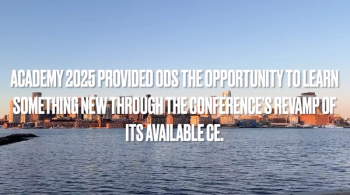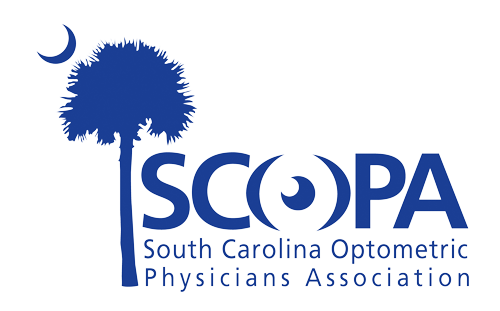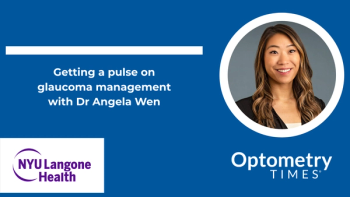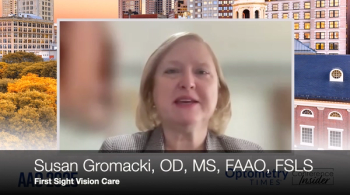
SCOPA 2022: When glaucoma isn't glaucoma

Leo P. Semes, OD, FAAO, discusses his presentation on, "When glaucoma isn't glaucoma," during the South Carolina Optometric Physicians Association's annual meeting.
Optometry Times®' Alex Delaney-Gesing speaks with Leo P. Semes, OD, FAAO, professor emeritus of optometry at the University of Alabama-Birmingham, on the highlights and key takeways from his discussion titled "When glaucoma isn't glaucoma," presented during the 115th annual South Carolina Optometric Physicians Association (SCOPA) meeting in Hilton Head, South Carolina.
Editor's note: this transcript has been lightly edited for clarity.
Could you share a highlights version of your presentation?
One of the things about glaucoma is that we used to rely on intraocular pressure (IOP). And, clearly, that remains the #1 risk factor. But there are a lot of other issues that surround glaucoma. So a couple of things that we're going to explore in this particular talk … one has to do with blood flow, and is there any correlation between what we know as anterior ischemic optic neuropathy and glaucoma? Are they separate entities? Are they somehow related but on a different temporal scale? Or are they just one in the same?
And the other issue that I'm going to highlight during this course is … there's a lot of currency around myopia right now. And one of the confusing things looking at optic nerve heads is, are we looking at a patient who is strictly myopic? Or is there some overlap with glaucoma? How do we separate these two out? Because the important issue there really has to do with not only identifying the patient as a glaucoma suspect, for example, or ruling out any complications going forward, but identifying which patient is going to be a progressor; which patient do we have to be very, very careful about and diligent with management?
So I'm going to be relying on some new paradigms that take a look at the configuration of the optic nerve head with respect to the particular visual field pattern that that patient has, and how we can parse out the distinction between myopic glaucoma, and myopia per se and glaucoma per se.
So it's going to be a little bit of a tedious process to work through that. But at the end of the day, I hope I leave the audience with a very easy way to look at a somewhat complex problem.
Why is this such an important topic of discussion?
Well, the blood flow issue has been around for quite some time. And we're still trying, as a glaucoma community, to get our arms around that. But it's becoming more and more of a focus. And taking a look, for example, at means to identify blood flow and quantitate blood flow to the optic nerve, we're able to identify patients who might require treatment in the context of a normal IOP and without symptoms.
And then the myopia issue really has to do with identifying the patient who is going to become a progressor. And, again, be very diligent about managing that patient
What are the key takeaways you'd like attendees to learn?
Attendees should appreciate the fact that Glaucoma is something that is very enigmatic, and we probably won't all agree on every single patient. So managing the patient more closely from a diagnostic standpoint versus starting the patient on medication is something that's going to be very individualized.
And hopefully the information in this course will give the practitioner additional data to say, “Okay, well, this is a patient who may be at higher risk, so I need to follow a little more closely. Or this is a patient who is at extremely high risk, and I really better think about intervening.”
Newsletter
Want more insights like this? Subscribe to Optometry Times and get clinical pearls and practice tips delivered straight to your inbox.
















































.png)


